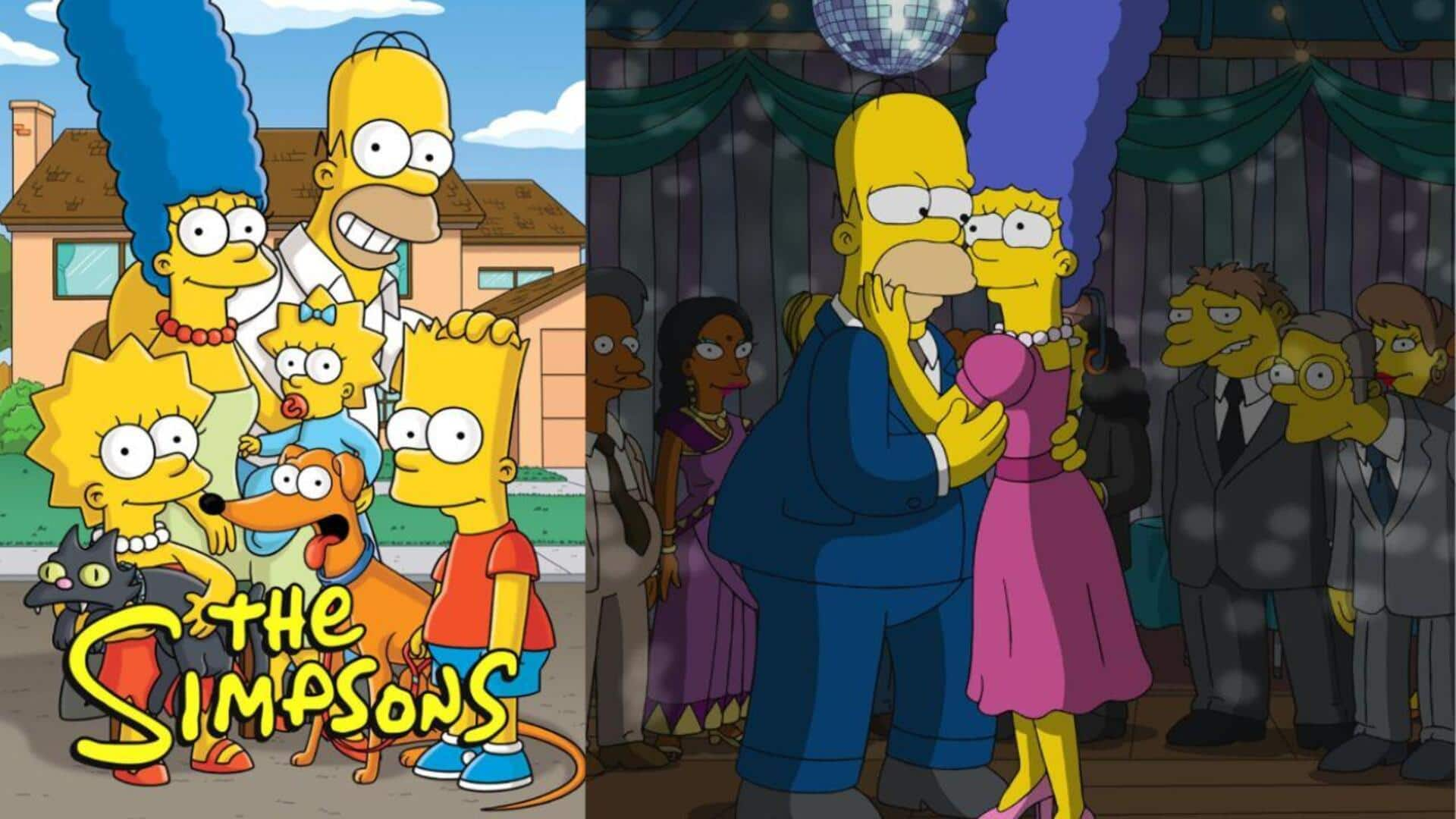
4 ways 'The Simpsons' gets suburban life totally wrong
What's the story
The Simpsons has been a television staple for decades, often humorously satirizing suburban life. But the show sometimes gets certain realities of living in suburbia wrong. While it depicts some things accurately, several misconceptions can lead to misunderstandings about what life is really like in these communities. Here are some key areas where The Simpsons diverges from real suburban experiences.
#1
Financial realities vs. cartoon economics
In The Simpsons, Homer supports a family of five on a single nuclear power plant job. In reality, most suburban families need dual incomes to sustain their lifestyle because of rising costs and other economic pressures. The illusion of financial ease can trick viewers into thinking that real suburban households live without financial constraints.
#2
Community engagement and social life
Suburban life in The Simpsons tends to either have nosy neighbors or those who couldn't care less. While community engagement differs greatly in real life, it usually features more balanced interactions through local events, schools, neighborhood associations, etc. Given these exaggerated depictions, it's easy to get the impression that that's how people are in these communities.
#3
Diversity and cultural representation
While The Simpsons has a plethora of characters, its portrayal of suburbia is devoid of the true cultural diversity that many modern suburbs possess today. Real-life suburbs are becoming more diverse, with residents of all cultural backgrounds adding to the rich tapestry of community life that is not fully represented by the show's narrow lens.
#4
Education system portrayal
Springfield Elementary School is frequently depicted as underfunded and chaotic in The Simpsons. While some schools do struggle, most suburban schools are well-funded through property taxes and have engaged parents who contribute positively to education. This may skew viewers's perception of educational standards in suburban areas.